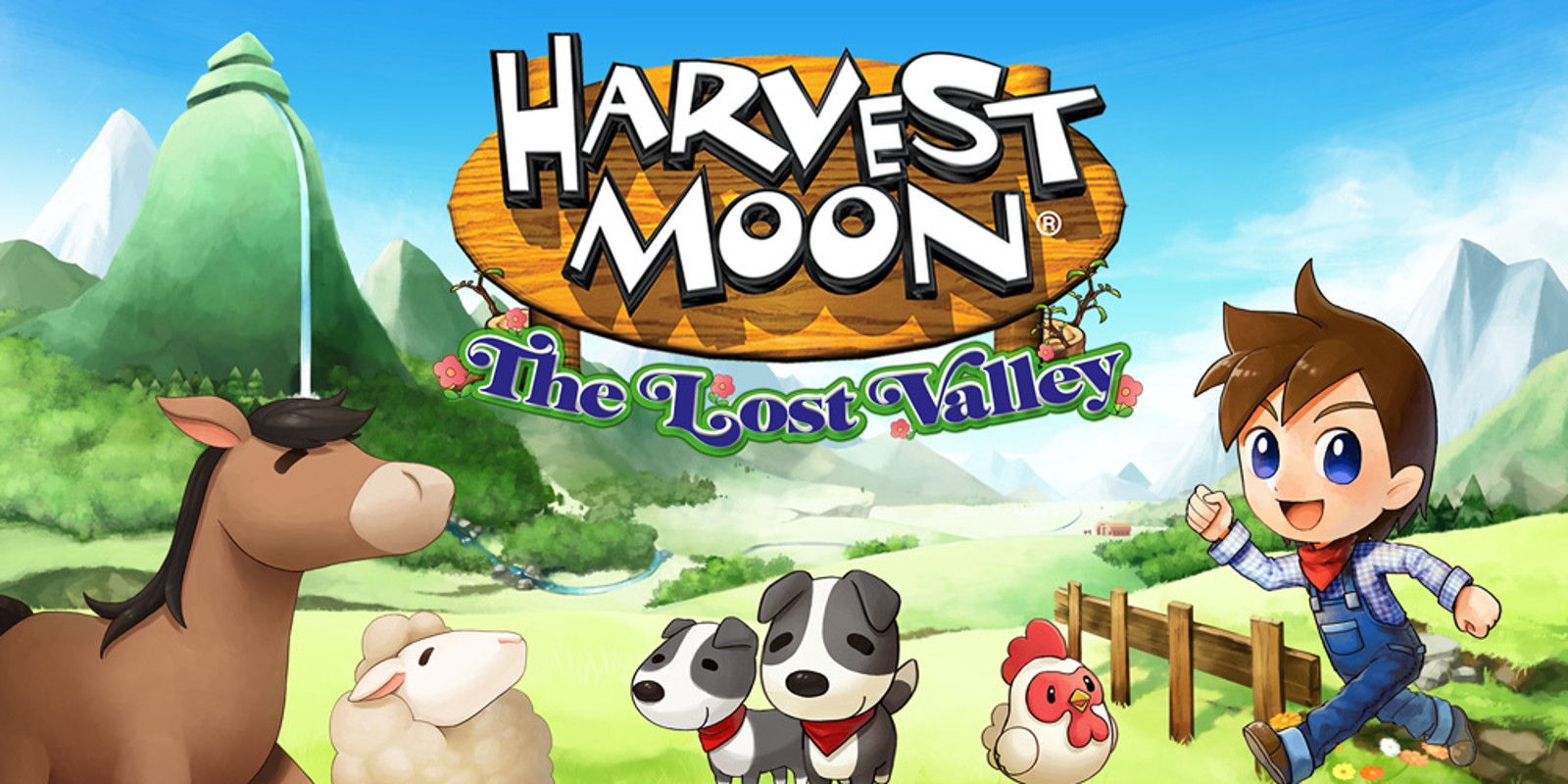
These limits mean you can’t do everything in a day, but the simplicity of the game means you can easily learn to fit enough in. Each action you take uses up a little stamina, and you need to manage that at the same time as you manage time. Not only are you limited in time, but also in stamina. You only have a few real-world minutes of daylight with which to make money, after which the town closes down and your work options are limited. However, that simplicity is necessary because of how fast the game moves. You can lose the game, but you almost have to actively be trying to do so. There are just four plants and two animals to raise, all with the same basic rules, and the romance option is as simple as throwing flowers and cakes at a girl until she likes you. In comparison, Harvest Moon is almost ludicrously simple. There are exceptions of course, but even the simulation games that borrow from other genres tended to be very complicated and require a lot of experimentation to learn its systems. The classic simulation game is usually pictured as very text and menu-heavy, with less emphasis on action and more on planning and patience.
FIRST HARVEST MOON GAME SIMULATOR
The term is incredibly vague, and can cover many different styles of play, but there is definitely a certain, slow-paced style of simulator that long-term game players would be familiar with. “Simulation games” are one of the oldest genres of video games, especially on PCs. What I think solidified Harvest Moon as a classic was how it built on the expectations of previous games and communicated that to the player. Strong word of mouth and massive coverage in magazines like Nintendo Power at a time when every young nerd had seen every Chrono Trigger ending and was desperate for ANYTHING Japanese rpg-related certainly helped, but it wasn’t the only reason for its cult success either. In particular, it was one of the last RPGs, still a niche genre but one that had grown a steady market for itself in the West during the previous console generation. It arrived late in the console’s life, before the N64 and PlayStation would really battle it out, but after the Super Nintendo started to run out of titles. It wasn’t the first farming simulator in gaming, nor was it even the first quirky simulator for the Super Nintendo.

What was it about the original Harvest Moon games that was so unexpectedly compelling and can it be brought back to either of its successor franchises? With so many games in the series, where does a neophyte start?Ĭontrary to popular narrative, I don’t think the success of Harvest Moon was in how unique its subject matter was.

FIRST HARVEST MOON GAME HOW TO
Yet both companies seem unsure of how to grow the series.
FIRST HARVEST MOON GAME SERIES
Marvelous is the original creator of the series and owns its original “Story of Seasons” name in Japan, but the series’ former publisher Natsume owns the Harvest Moon name here in the West and has created a competing series of games. No less than two companies are currently in control of the franchise.

It is also, sadly, kind of stuck in a rut. Here we have a farming simulator with a dating/marriage component that is popular across demographics. The Harvest Moon series’ ongoing success shows how a lot of the the “common wisdom” about “gamers” and what they “really want” can be wrong. I doubt anyone expected it to spawn such a long-lived series with multiple spin-offs and copy-cats. When the first Harvest Moon came out, the press generally marveled both at how unexpected a game it was and whether a niche concept like “farming” would sell on the console market.


 0 kommentar(er)
0 kommentar(er)
